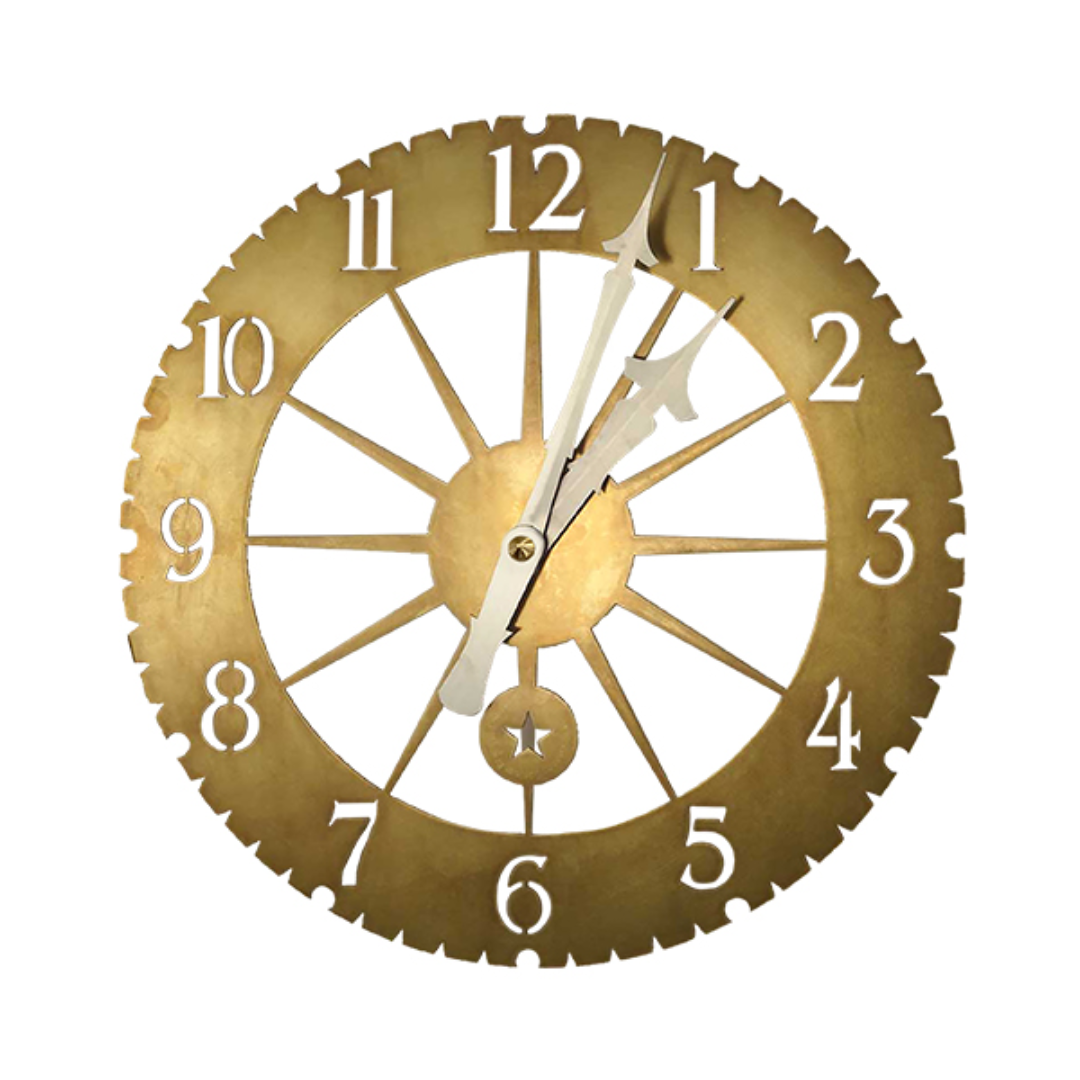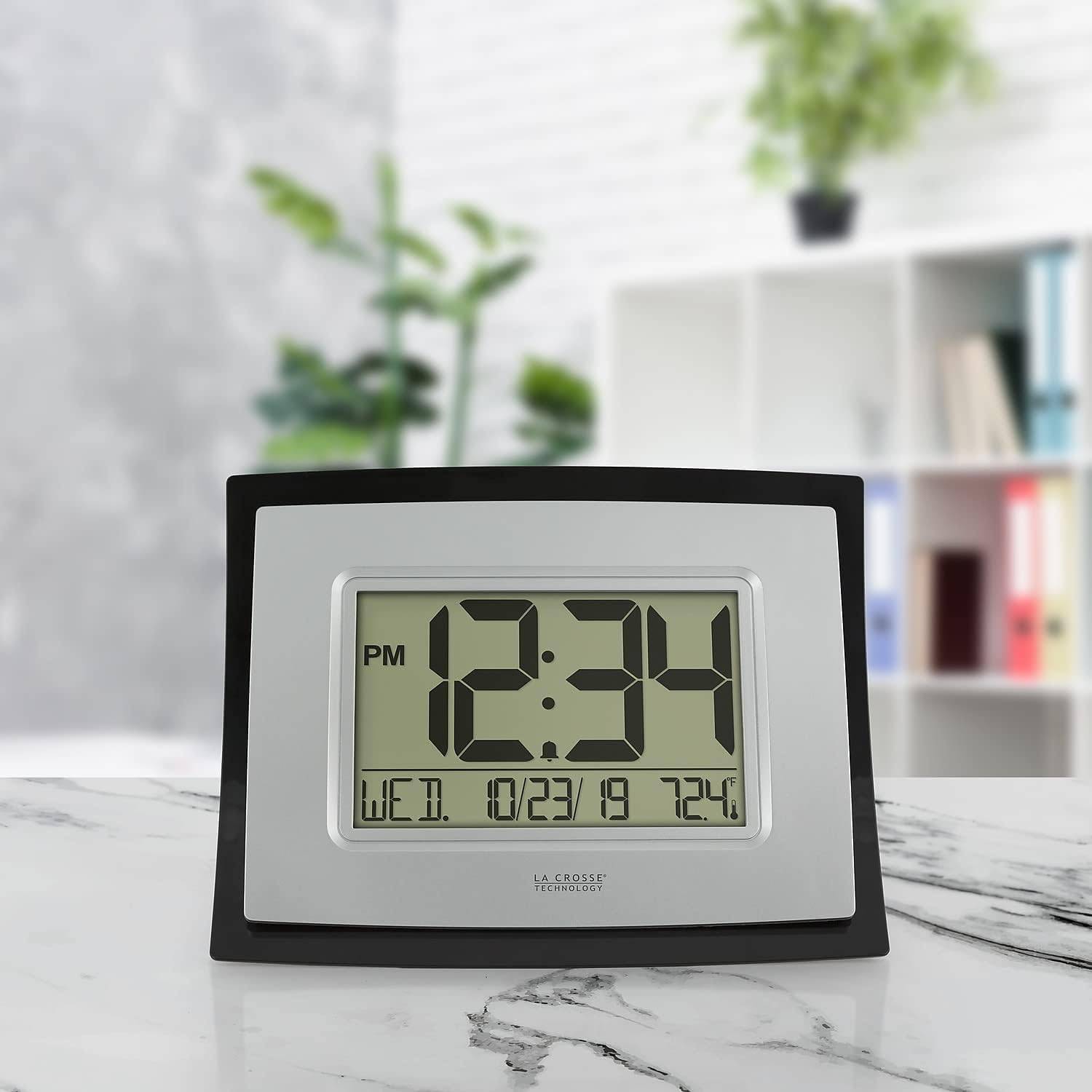Collection: Atomic Clock Synchronization
How does an atomic clock work? A radio controlled clock sold in North America is permanently set to receive and process an atomic clock synchronization signal broadcast from WWVB in Boulder, Colorado. Most atomic digital clocks have an icon in the display that indicates if the atomic clock signal is being received properly from WWVB (usually a radio tower icon). An analog radio controlled clock may provide an audio indication (typically a series of tones or beeps to indicate if the signal is there, accessed by pushing a button). If you are having problems, check first to see if the atomic clock synchronization signal is being received. If the signal is not being received:
- Try powering down the clock (unplug it or remove the batteries), then turn it on again to see if it synchronizes. If the clock uses batteries, check them and replace if necessary.
- If the radio controlled clock is a desk top unit, try rotating it 90 degrees. If it's a wall clock, try mounting it on a wall perpendicular to the one it is currently on (if it is on a north or south wall try an east or west wall). Atomic clocks have antennas that are directional and reception may be improved by turning the antenna to increase signal strength.
- Place the radio controlled clock along a wall or near a window that faces towards Fort Collins.
- Locate atomic wall clocks at least 4-8 feet away from computer monitors. They can cause interference, and some have a scan frequency at or near the WWVB carrier frequency of 60 kHz.
Note that the shielding of a metal building may prevent radio controlled clocks from receiving WWVB's atomic clock synch signal. For example, if the clock is installed in a mobile home or a house with metal siding, radio control might not be possible.
If none of these tips have solved the problem, take the radio controlled clock outdoors at night and power it down (remove the batteries or unplug it), then power it up again to force it to look for the WWVB atomic clock synchronization signal. If it works outdoors but not indoors, the problem may be interference inside the house or building. If it doesn't work outdoors at night, it's probably best to return it for a replacement.
Thinking of upgrading your Atomic Clock ?
All content on the WeatherShack Education Center is Copyright 2002-2024 WeatherShack.com. This material may not be reproduced, displayed, modified or distributed without the express prior written permission of WeatherShack.com. For permission, please contact support@weathershack.com.
Leading Provider of Clocks Since 2002
Navigate through our category to find the perfect fit for your weather monitoring needs and stay informed about the elements!




